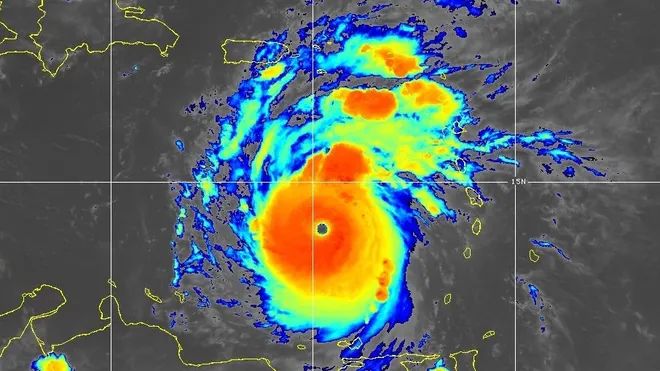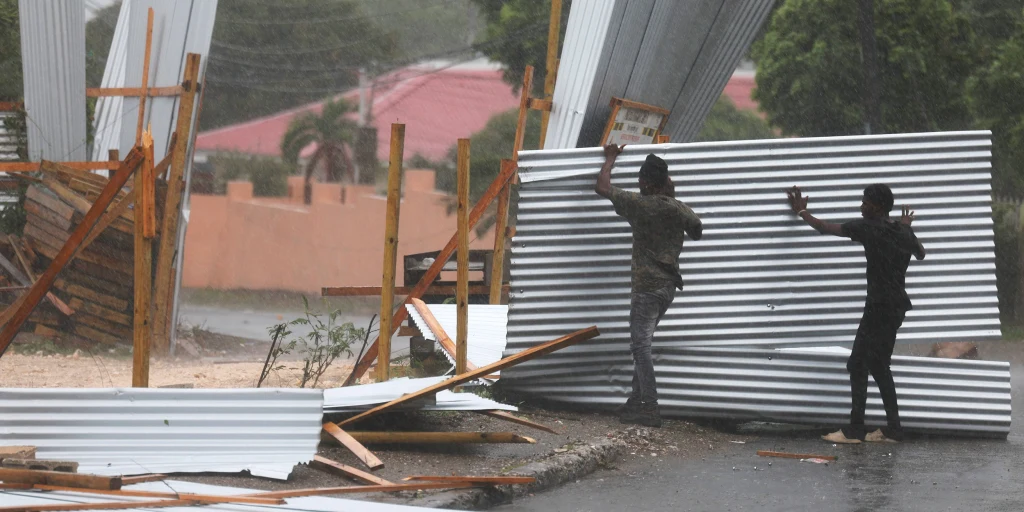
Hurricane Beryl, a catastrophic Category Four storm, has left an indelible mark on Jamaica, with its powerful winds and relentless rains wreaking havoc across the island. As one of the most formidable hurricanes to strike Jamaica in recent history, Beryl’s impact has been profound, leaving hundreds of thousands without power and causing widespread destruction.

Unprecedented Power Outages
In the wake of Hurricane Beryl, Jamaica's primary energy provider, Jamaica Public Service Company (JPS), reported that approximately 65% of its customers—around 400,000 homes—were left without electricity. The sheer scale of the outages underscores the ferocity of the storm, which battered the island's infrastructure for over 12 hours with heavy rains and powerful winds.

Extensive Damage and Destruction
Floyd Green, the Member of Parliament for St Elizabeth South Western, described the hurricane as having delivered "a most devastating blow" to parts of the island. On social media platform X, Green detailed the extensive damage in his constituency, noting significant numbers of roofs lost, houses destroyed, trees uprooted, and light poles downed. The storm rendered almost all roads impassable, further complicating recovery efforts.
International Response and Aid
The international community quickly responded to the disaster. King Charles III expressed his profound sadness over the destruction caused by Hurricane Beryl. The United Nations unlocked $4 million from its emergency response fund to aid recovery efforts in Jamaica, Grenada, and Saint Vincent and the Grenadines. Jamaican Prime Minister Andrew Holness took to X to thank first responders, essential services, security forces, and good Samaritans for their efforts during the crisis.

Agricultural Devastation
The agricultural sector in Jamaica has been particularly hard-hit by Hurricane Beryl, with losses expected to exceed $1 billion. Minister of Agriculture, Fisheries, and Mining, Floyd Green, reported significant damage to crop lines across the island. In St Elizabeth, Green noted that 85% of banana and plantain crops were destroyed, while vegetable and tuber crops, including cassava, suffered extensive damage. Additionally, fruit trees like ackee and breadfruit were heavily impacted, and greenhouse farmers faced near-total destruction of their structures and crops.

Impact on Fisheries and Livestock
The fisheries sector also bore the brunt of the hurricane, with 10-15% of fishing boats damaged and infrastructure such as sheds and fish pots lost. Livestock farmers, particularly those in the poultry industry, faced significant losses. The destruction of expensive, state-of-the-art chicken coops has necessitated plans for restocking and rebuilding.
Infrastructure Collapse
In the farming district of Bushy Park, St Catherine, residents found themselves trapped after a bridge collapsed due to the heavy rains brought on by both Hurricane Beryl and a subsequent tropical wave. This incident underscores the extensive damage to infrastructure, further isolating communities and complicating relief efforts.

Human Impact and Tragedy
The human toll of Hurricane Beryl is sobering, with three confirmed deaths already highlighting the storm's severity. Residents in areas closest to the eye of the storm, such as Bellevue in Southfield, St Elizabeth, experienced unimaginable terror as the hurricane ripped through their homes. The accounts of individuals like Mr. and Mrs. Everton and Josephine Martin, who sought shelter in their wall closet as Beryl’s winds removed their roof, resonate deeply with those who remember past hurricanes like Gilbert in 1988.

Looking Ahead
As assessments continue, the full extent of the damage becomes clearer. Minister Green plans to update Parliament on the situation and outline a comprehensive response program. The agricultural sector, in particular, faces a long road to recovery, with a need for immediate assistance to restart farming activities. The Ministry of Agriculture, Fisheries, and Mining is committed to aiding farmers, with special attention to greenhouse farmers who play a critical role in Jamaica’s food security.
In a bid to bolster recovery efforts, Minister Green has appealed to the private sector for support, emphasizing the need for an “all hands-on deck” approach. Despite the extensive damage, the resilience of Jamaica's people shines through as they begin the arduous task of rebuilding and recovering from one of the most powerful storms to ever hit the island.
